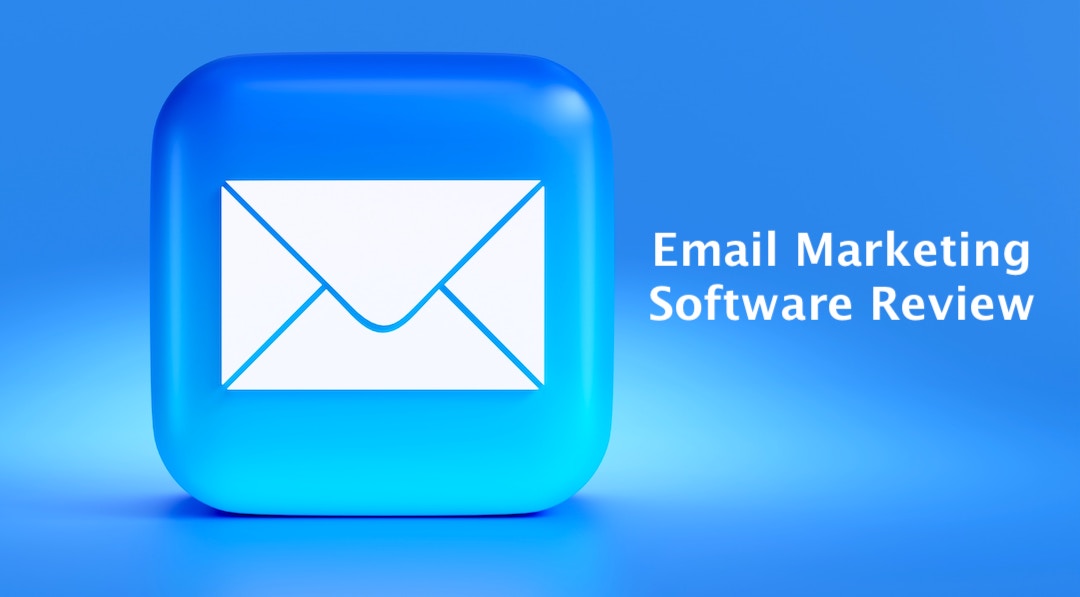How to drive traffic to your website?

Before you drive traffic to your website, you must provide good value to your visitors. Your audiences visit your website for a reason, and you'll have to solve their purpose by adding valuable content they're searching for.
Website owners are part of a group that aims to make money through users visiting their websites to generate traffic. Typically, their revenue is an amalgamation of different services provided by the website or through the use of the services provided by another website. That being the case, owners as well as prospective businesses are always looking at how exactly they can increase their web traffic to maximize their earnings.
Web Marketing
There are several effective ways to bring traffic to a website, and they can be categorized into free (organic) methods and paid strategies. Here’s an overview of different approaches to drive traffic:
1. Search Engine Optimization (SEO)
SEO is the practice of optimizing a website to improve its visibility and ranking on search engine results pages (SERPs). The goal of SEO is to increase organic (non-paid) traffic to a website by making it more relevant and attractive to search engines like Google, Bing, and Yahoo. When a website ranks higher on the results page for a given search query, it is more likely to receive clicks and visitors.
- On-Page SEO: Optimize individual web pages to rank higher on search engines by improving elements like title tags, meta descriptions, headings, and keyword usage.
- Off-Page SEO: Build backlinks from reputable websites, participate in guest blogging, and increase social sharing to boost your site's authority.
- Technical SEO: Improve site speed, mobile-friendliness, and ensure that your website structure is easily crawlable by search engines.
- Content SEO: Create valuable, optimized content (blogs, articles, videos) that aligns with what users are searching for.
2. Content Marketing
Beyond technical SEO and promotional efforts, the most basic yet critical way to retain users is to create captivating headlines and high-quality content. The first thing visitors will see is your headline, and it must spark enough interest for them to click through and read more.
Avoid click-bait headlines that fail to deliver on their promises, as they can drive users away. Instead, focus on creating meaningful content that aligns with your audience's needs and interests. Engaging, informative content is more likely to keep users on your site longer, helping to build trust and authority in your niche.
3. Social Media Marketing
Raising awareness of your website through social media is one of the easiest and most effective methods of web marketing. With platforms like Twitter, you can share short, snappy updates that pique curiosity, while Google+ can work well for B2B niches. For B2C companies, visually driven platforms like Pinterest and Instagram can be ideal, focusing on captivating photos and imagery to attract more users.
One of the biggest advantages of social media is the ability to engage directly with your audience. Building a community where people feel heard and valued is crucial to ensuring they return to your site. When users feel connected to a community, they are more likely to remain loyal and continue engaging with your content.
4. Email Marketing
Email marketing remains one of the most powerful tools in web marketing. With a well-crafted email strategy, you can send personalized content directly to your audience’s inbox, making it a highly effective way to nurture relationships and drive traffic to your website.
To get the most out of email marketing:
- Build a quality email list: Make sure you’re attracting subscribers who are genuinely interested in your offerings. This will increase open rates and engagement.
- Segment your audience: Not all subscribers are the same. By segmenting your list based on user behavior, preferences, or demographics, you can send more targeted, relevant content.
- Craft compelling subject lines: The subject line is the first thing recipients see. It should be engaging enough to prompt them to open the email.
- Include strong calls-to-action (CTAs): Each email should have a clear CTA that drives users back to your website. Whether it’s to read a blog post, check out a promotion, or make a purchase, make the action clear and compelling.
5. Influencer Marketing
In addition to traditional email marketing, email outreach can be used to engage potential partners, influencers, or media outlets. Personalized outreach emails can help establish relationships that lead to backlinks, guest posts, or features on high-authority websites, all of which contribute to referral traffic and enhanced visibility.
Likewise, influencer marketing is a growing trend that can significantly increase your website’s visibility. By collaborating with influencers who align with your brand, you tap into their established audience, driving traffic and building credibility in your niche.
5. Referral Traffic
Referral traffic can work similarly to advertising but in a more organic way. Rather than paying for ads, you encourage other websites or platforms to feature your website or content. This not only helps reduce costs but also builds your site’s credibility and boosts its reach.
To successfully drive referral traffic, you need to create content or offer services that others find valuable enough to share or recommend. Whether it's through collaborations, guest posts, or influencer partnerships, referral traffic can provide significant value when done right.
6. Paid Advertisement
Advertising your website is one of the most obvious ways to increase web traffic. Consider paid search, pay-per-click, social media ads, and display advertisements as proper methods to garner more users. Tailoring paid strategies to your goals is important—whether you want to increase traffic or convert users from competitors, each avenue requires consideration. Be mindful of the advantages and disadvantages of each channel, and always do your due diligence before investing in any platform.
7. Internal Linking
Internal linking is a valuable on-page SEO tool often overlooked. By linking various pages within your own site, you keep traffic contained and guide users deeper into your content. For example, blog posts that reference related topics can be internally linked to increase engagement and time spent on your website.
Moreover, internal linking improves your site’s SEO, helping search engines crawl and index your pages more effectively. It also signals that your website has depth, encouraging users to explore further.
8. Community Engagement
Building a community around your website is vital for fostering long-term traffic growth. While social media provides a space for immediate interactions, adding a forum or a comment section to your website can deepen connections among your audience.
Community features encourage users to return regularly, share their opinions, and engage with others. The stronger the sense of community, the more likely users will return, further boosting your website traffic and brand loyalty.
By using a combination of these methods, you can build a well-rounded strategy to drive both short-term and long-term traffic to your website. The key is to mix organic strategies with paid methods while continuously analyzing what works best for your specific audience.
Web Hosting
Before you can effectively drive traffic to your website, ensure you host your website with a reliable web hosting. Web hosting serves as the foundation for your website’s performance, accessibility, and security. Without a reliable host, your site could experience slow loading times or downtime, leading to lost visitors and, ultimately, a poor user experience. A good web hosting service ensures that your website can handle sudden spikes in traffic, loads quickly, and remains secure. If you expect to attract more traffic through your marketing efforts or SEO strategies, your web host must be capable of scaling with your needs.
Imagine running a promotion that drives 10,000 visitors to your website. If your web host cannot handle this surge, your site may crash or become sluggish, resulting in frustrated visitors who leave before engaging with your content. Investing in a robust hosting solution can prevent this.
Marketing Strategy
Chances are that no one knows about your website until you promote it. Building a website is easy, but driving traffic is time-consuming and costly. Before investing time and money into promotions, develop a marketing strategy focused on traffic generation and visitor conversion.
- Set Up Analytics: A tracking system like Google Analytics is essential for analyzing website traffic.
- Balance Organic and Paid Traffic: A mix of organic search optimization and paid advertising often yields the best results.
- Leverage Social Media: Social media platforms provide powerful tools to drive traffic, build community, and engage with potential customers.
- Implement Email Marketing: Consistently engage your audience with email campaigns that lead back to your website.
- Explore Other Channels: Referrals, influencer marketing, and community building all play essential roles in a comprehensive marketing plan.
A website without visitors is essentially useless, regardless of how well-built it is. Generating targeted traffic is essential for growth and success, as it brings in users who are most likely to convert into customers.
Related Articles
Blog What is SEO and how to achieve it?
Wiki IP and Webmaster Glossaries
Disclaimer: We receive compensation when a purchase is made from the referred link. Our recommendation is based on our research and positive feedback we received from the users who've used the services.

How to improve ecommerce conversion rates?
The average eCommerce conversion rates fall around 1% to 2%, and it measures the checkout rates which don't include newsletter signup or abandoned carts with customer emails. If you have a brand new website, the conversion rate may fall far below 1% despite advertising on Facebook, Google Ads, and other comparison shopping engines. Learn how to improve your conversion rate.
Learn more
10 Tips for Successful SMS Drip Campaigns in E-commerce
E-commerce businesses are constantly seeking innovative ways to stand out, engage customers, and drive sales. One effective strategy that has gained significant attention is the utilization of SMS drip campaigns. These campaigns involve sending a series of strategically timed messages to subscribers, gradually nurturing them through the sales funnel.
Learn more
5 Best Email Marketing Software in 2023
Email marketing revenue worldwide is poised to breach the 10 billion USD mark this year. According to a late 2022 poll, nearly half of the marketing professionals surveyed reported a two-fold increase in their ROI with email marketing campaigns. Email remains at the forefront of every business’s marketing strategy as a marketing channel thanks to its unique low-cost, high-ROI charm.
Learn more
How to achieve A/B Split Testing?
A/B split testing is a method used to compare two versions of a webpage to determine which one performs better. It involves creating two variations (A and B) of the same element and randomly dividing the audience into groups to see which version yields better results.
Learn more